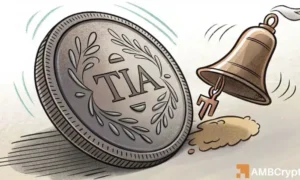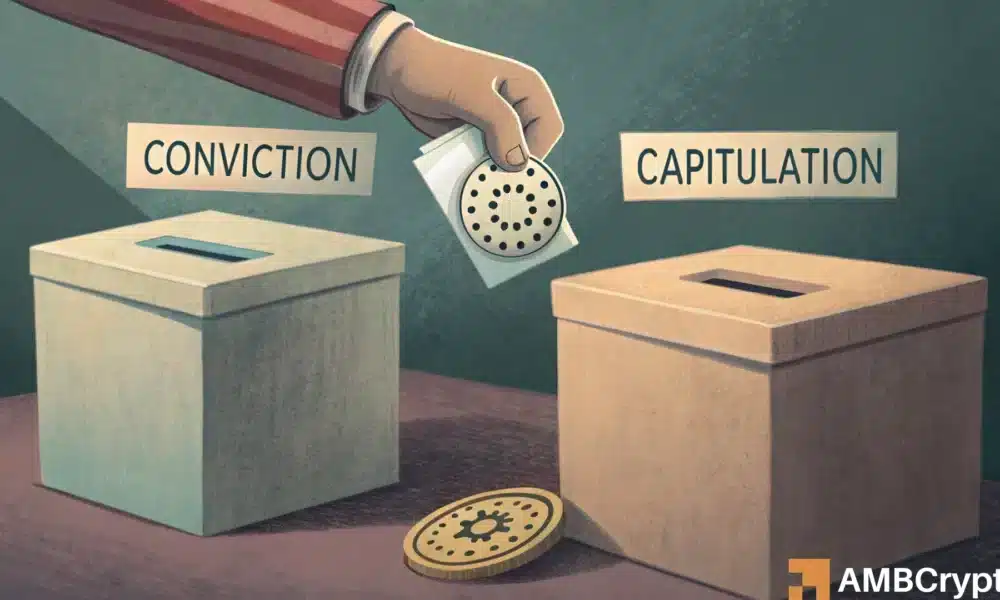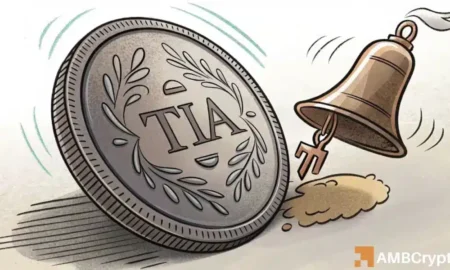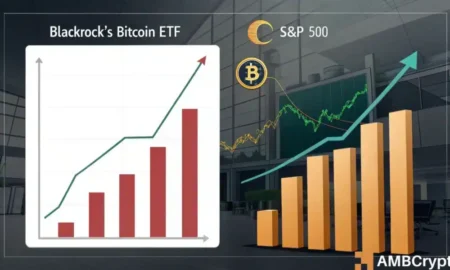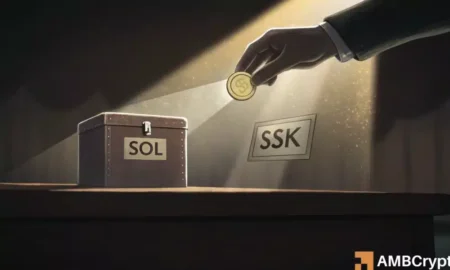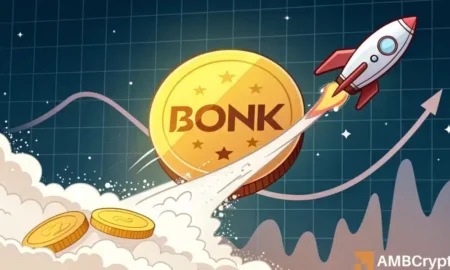Title: Cardano’s MVRV Ratio Turns Negative: What Lies Ahead for ADA Holders?
Introduction
Cardano (ADA) has recently faced significant market turbulence, with its Market Value to Realized Value (MVRV) ratio turning negative. This shift indicates that the average buyer is now at a loss, marking a critical juncture for investors and HODLers. Despite a monthly decline of 12.60%, ADA has managed to maintain an impressive 87% gain from its election-day opening price, showcasing a level of resolute conviction among long-term holders. However, the contrasting on-chain fundamentals raise questions about whether this conviction can withstand the pressure of market uncertainty or FUD (fear, uncertainty, doubt). As ADA battles to regain momentum in a weakening market, the decisions made by its HODLers could significantly influence its future trajectory.
Current Market Context
The fluctuating dynamics of Cardano’s market performance reveal a crucial test for investor sentiment. While many high-cap assets have underperformed, ADA’s resilience in maintaining its post-election price point is notable. However, the Total Value Locked (TVL) in Cardano has dipped below pre-election levels, indicating liquidity outflows and a troubling decrease in institutional activity, as evidenced by the falling whale transaction count exceeding $100,000. To reignite the interest of investors, ADA must stabilize its chart support levels and reverse the downward trend, or risk losing the confidence of its holders entirely.
Recent Price Movements and Trends
At the current price of approximately $0.6283, there seems to be a brief recovery with a 7% rebound. The altcoin’s price chart has been indicative of a challenging period for HODLers, following three consecutive lower lows that broke through key support levels. Particularly concerning was the loss of the critical $0.58 support level, a benchmark ADA held since the election, which led to rising fears of a deeper market correction. While market sentiment momentarily improved, one must question whether this rebound is merely a fleeting relief rally influenced by a broader market supply squeeze, or if it reflects genuine HODLer confidence in a potential bull rally.
Investor Decision-Making in a Volatile Environment
As ADA’s price hovers near its election-day levels, the pressure on holders intensifies—should they stick to their guns or exit to avoid further losses? With the MVRV ratio remaining negative and buying pressure diminishing, the potential for capitulation becomes a real concern. The fragility of investor confidence becomes palpable, especially as basic fundamentals show signs of weakening. If ADA’s price continues to drift closer to pre-election levels without supportive marketing fundamentals, a sell-off could accelerate, further exacerbating the drop.
Signs of Caution Among Whales
Despite some bullish signals, there are signs that caution pervades the market. On April 7, trading volume surged to $1.98 billion, a promising increase from $941 million the day before, reflecting short-sellers caught off-guard by the whale cohort’s buying activity. Whales in the 100 million to 1 billion ADA range amassed 250 million ADA on April 10, significantly impacting market dynamics and leading to nearly $901,000 in liquidations of short positions. However, larger whale cohorts, particularly the 12.6 billion ADA holders, have remained on the sidelines—an indication of wariness as dormant coins begin circulating. Historically, such patterns can signify potential market tops, adding to the precarious environment for ADA.
Conclusion: The Road Ahead for ADA Holders
As Cardano navigates through these turbulent waters, the coming weeks will be critical in determining whether HODLers can maintain their confidence or are compelled to capitulate in light of unfavorable market conditions. The combination of a negative MVRV ratio, waning institutional activity, and the potential for aggressive selling pressure paints a sobering picture for ADA’s future. If Cardano fails to sustain its price above $0.58, it may face a substantial downturn, marking the end of the current bullish run. Conversely, a strategic price recovery could reignite interest and participation, drawing both retail and institutional investors back into the fold. Therefore, it remains crucial for ADA holders to remain vigilant, adapting their strategies as new information and market conditions unfold.
